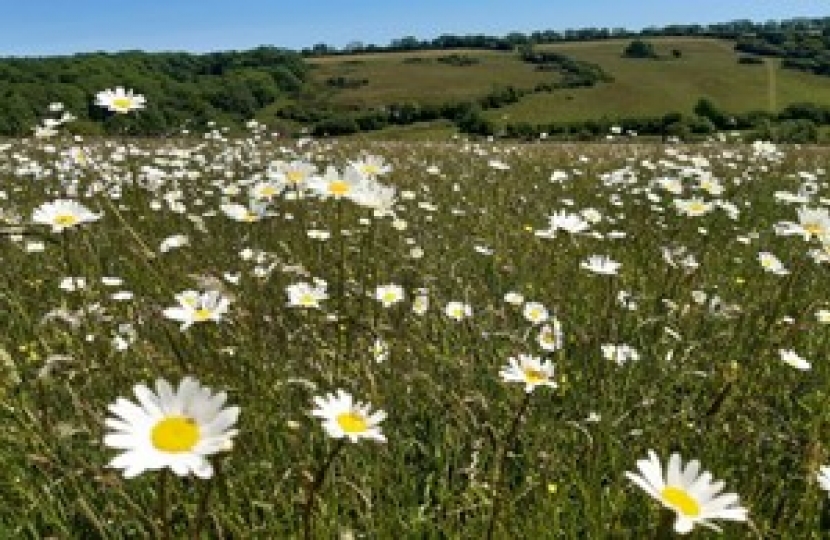
Richard has urged local communities to help shape the natural world around them by taking part in a new government consultation on plans for new Local Nature Recovery strategies across England. These are part of the measures in the government's landmark Environment Bill to protect our precious natural environment.
Richard Fuller, MP for North East Bedfordshire, said:
Restoring our natural world and protecting it for future generations will bring a wealth of benefits to people, our environment and our economy as we build back greener from the pandemic.
This new consultation on plans for Local Nature Recovery Strategies will allow local communities to work together to identify where we should take action for nature’s recovery as part our national Nature Recovery Network. They will also identify opportunities to mitigate flood risk, plant trees or restore peatland for carbon sequestration to mitigate climate change.
These Local Nature Recovery Strategies will be a key part of our green recovery and help kick-start the creation of over a million acres of joined up habitats which people can enjoy across the country.
The Local Nature Recovery Strategies will help local communities work together to help identify where we should take action for nature’s recovery as part of building our national Nature Recovery Network (NRN), as well as where nature-based solutions could make a difference to help address wider environmental issues, such as mitigating flood risk and planting trees or restoring peatland for carbon sequestration to mitigate climate change.
The consultation launch follows successful Local Nature Recovery Strategies pilots in Cornwall, Buckinghamshire, Greater Manchester, Northumberland and Cumbria which showed how local groups can work collaboratively together to produce their strategies. Managed by Natural England in conjunction with the local partner organisations, the pilots have informed the policy development and next steps.
The Nature Recovery Network plans to create or restore 500,000 hectares of wildlife habitat outside protected sites and help species thrive, more effectively linking existing protected sites and landscapes, as well as urban green infrastructure, such as trees, hedgerows, parks, fields, forests, and urban blue infrastructure, such as rainwater tanks, bioswales, rivers, canals, ponds, wetlands, and floodplains.
The deadline for responses is Tuesday 2nd November, which can be submitted using the online survey provided here.

